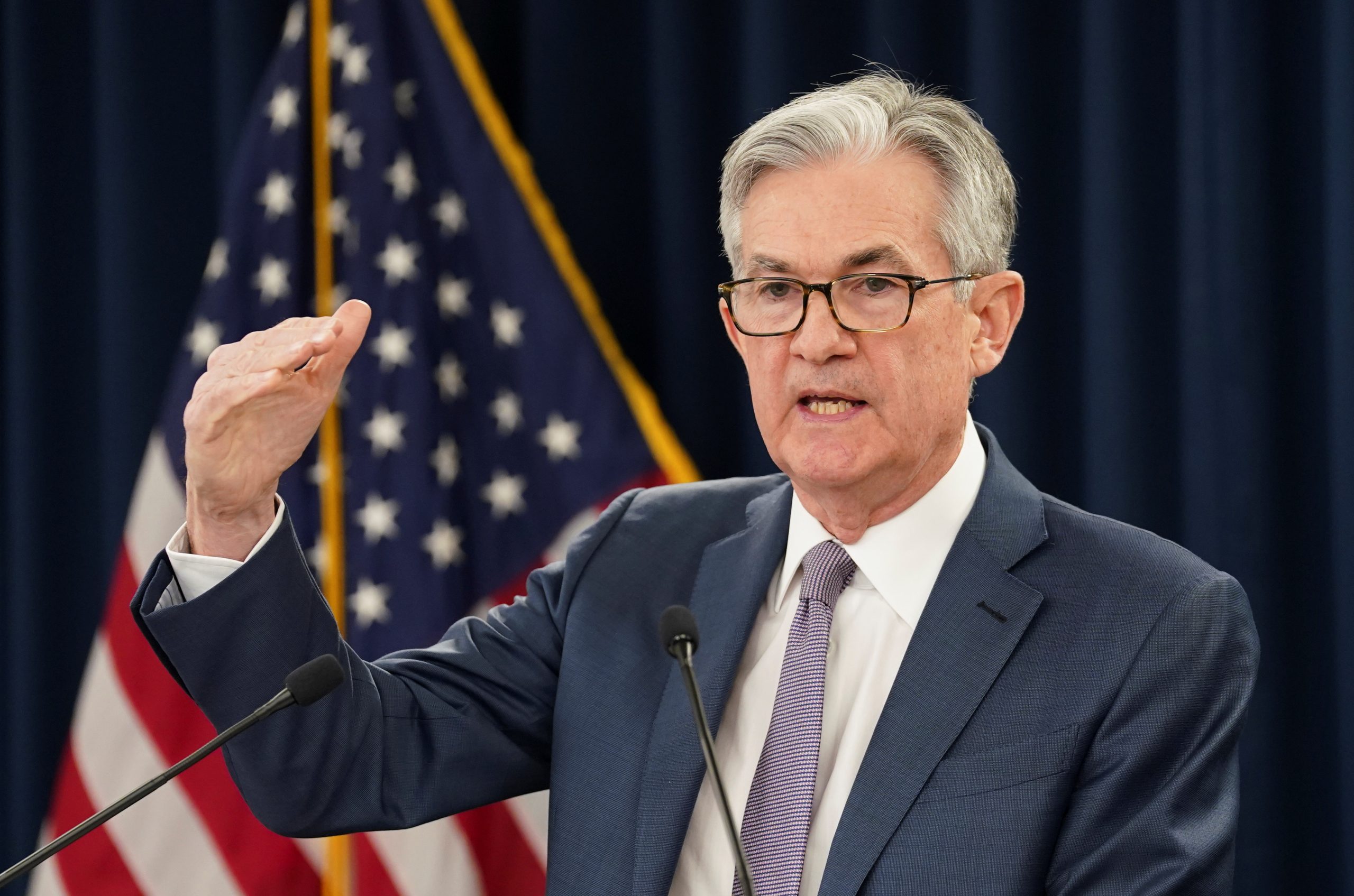The central bank whose decisions impact so much of the global economy has been closely watched for signs on monetary policy direction
The U.S. Federal Reserve may be nearing the end of its monetary tightening policy, several bank officials said on Monday, however they also indicated a few more rate rises will still be in store for the year.
The Fed has already implemented a total of 5 percentage points in rate hikes since March 2022 to combat the highest U.S. inflation in four decades.
In their most recent meeting, policymakers chose to postpone a rate increase to assess the impact of previous hikes on borrowing costs. Nonetheless, most officials anticipate at least two more increases by the end of 2023.
San Francisco Fed President Mary Daly expressed a common sentiment among her peers, stating that a couple more hikes may be necessary this year to bring inflation back in line with the Fed’s target of 2%.
Daly also acknowledged that the risks of doing too little are gradually aligning with the risks of overdoing rate hikes as the Fed approaches the final phase of its tightening cycle.
She emphasised the importance of data-dependence and supported the cautious approach taken in June, allowing for a more thorough assessment of economic indicators.
Daly highlighted the significance of incoming data in determining future policy decisions, suggesting that the Fed may adjust its approach based on evolving circumstances.
The expectation is that the Fed will raise rates at their upcoming meeting, potentially bringing the policy rate to the range of 5.25%-5.50%.
However, the timing of subsequent rate hikes is less certain, with possibilities ranging from the September meeting to November or even a decision to maintain rates and allow inflation to gradually ease.
Fed Chair Jerome Powell has previously noted that he cannot rule out consecutive rate hikes to address stubbornly high inflation.
Although inflation, as measured by the personal consumption expenditures index, has declined from its peak of 7% last year to 3.8% in May, it remains nearly twice the Fed’s target.
The ultimate path of rate increases will depend on future economic data and its implications for inflationary pressures. The Fed aims to strike a balance between addressing inflation concerns and avoiding excessive tightening that could hinder economic growth.
“We still have a bit of work to do,” Fed Vice Chair for Supervision Michael Barr said on Monday at a separate event. “I’ll just say for myself, I think we’re close.”



 News3 days ago
News3 days ago


 Leaders3 days ago
Leaders3 days ago


 Shows3 days ago
Shows3 days ago


 News3 days ago
News3 days ago


 Docos5 days ago
Docos5 days ago


 Leaders4 days ago
Leaders4 days ago


 Leaders4 days ago
Leaders4 days ago


 News2 days ago
News2 days ago





